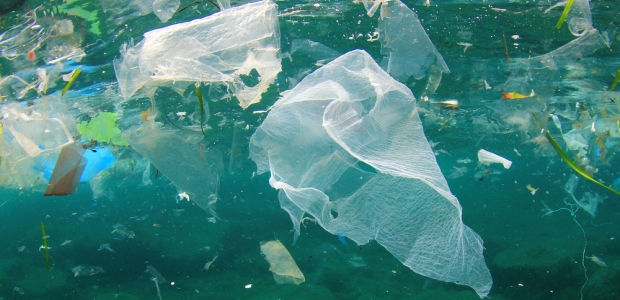
Great Lakes Suffer from Widespread Plastic Pollution
In a recent USGS study, it was found that Great Lakes tributaries are rife with microplastics, small pieces of plastic that can be harmful to wildlife, the environment, and even humans.
As plastic bags and bottles decompose, microplastics fall from the material and can end up in the environment, becoming potentially hazardous to animals, water, and even humans. A recent USGS study took 107 water samples from 29 Great Lakes tributaries in Indiana, Michigan, Minnesota, New York, Ohio, and Wisconsin.
From these samples, scientists discovered the highest concentration of microplastics was detected in the Huron River at Ann Arbor, Michigan, at 32 particles per cubic meter, or p/m3; high levels of microplastics were also detected in the Buffalo River at Buffalo, New York (31 p/m3), the Ashtabula River near Ashtabula, Ohio (23 p/m3), and the Clinton River near Mt. Clemens, Michigan (21 p/m3); the median concentration of microplastics in all samples was 1.9 p/m3; urban watersheds had the highest concentrations of microplastics; and microplastics were also present in streams in forested and agricultural areas.
“These microplastics, which are harmful to animal and possibly human health, will continue to accumulate in the Great Lakes well into the future,” said Austin Baldwin, a USGS scientist and the lead author of the report. “Our findings can help water managers better understand the types and sources of microplastics in rivers, and which rivers are the most polluted with microplastics.”
If ingested, microplastics can cause digestive and reproductive problems, and even death, in birds, fish, and other animals. Certain additives in plastic have also been known to cause some types of cancers and endocrine disruption. Unfortunately, scientists have found that microplastics are “nearly everywhere.”